Game Help
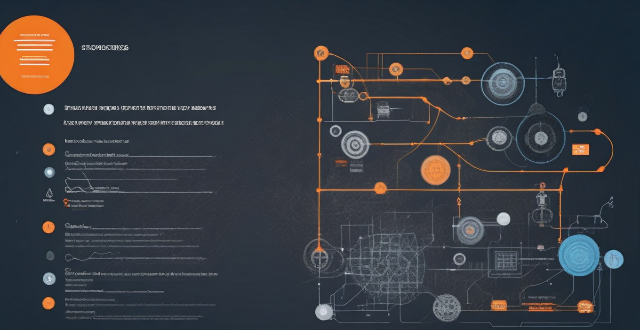
How can athletes manage pre-game nerves and anxiety ?
Pre-game nerves and anxiety are common for athletes but can be managed through various strategies, including mindfulness techniques, physical preparation, mental strategies, support systems, and practice. These methods help athletes perform at their best by transforming nervous energy into focus and drive for success.

What are the key elements of educational game development ?
Educational game development involves defining learning objectives, understanding the target audience, designing engaging game mechanics and visuals, developing relevant content, implementing assessment and feedback mechanisms, conducting iterative testing, and collaborating with experts in the field. By addressing these key elements, developers can create effective educational games that support learning outcomes and enhance the overall player experience.
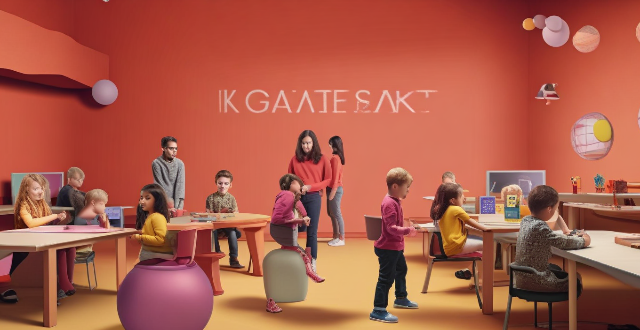
In what ways do gamification and game-based learning foster innovative teaching environments ?
Gamification and game-based learning foster innovative teaching environments by engaging students with challenges and rewards, promoting collaboration and competition, providing immediate feedback and personalization, and enhancing student motivation and engagement. These methods use elements of games to motivate students and enhance their learning experience, making learning more fun, interactive, and enjoyable. By incorporating these approaches, educators can transform traditional classrooms into dynamic spaces where students actively participate in their own learning journey.

What are the current trends in educational game development ?
The text describes the current trends in educational game development. These trends include gamification, personalized learning, collaborative learning, real-world applications, and augmented reality (AR) and virtual reality (VR). Gamification involves incorporating game elements into non-game contexts, such as education. Personalized learning focuses on tailoring the learning experience to individual students' needs and preferences. Collaborative learning encourages students to work together towards a common goal. Real-world applications help students understand how the concepts they are learning can be applied in practical situations. Augmented reality (AR) and virtual reality (VR) technologies provide immersive experiences that enhance learning. These trends aim to make learning more engaging, personalized, collaborative, applicable, and immersive for students.

What role does gamification play in educational game development ?
Gamification plays a crucial role in educational game development. It is the process of incorporating game elements into non-game contexts to make them more engaging and motivating for learners. In the realm of education, gamification can transform traditional learning experiences into interactive and enjoyable ones. This approach not only enhances student engagement but also fosters a positive learning environment. Key roles of gamification in educational game development include enhancing student engagement, providing immediate feedback, fostering competition and collaboration, encouraging self-directed learning, and incorporating relevant content. By leveraging these principles, educators can create effective learning experiences that are both enjoyable and impactful for students.

How can educational game developers create engaging and interactive games without sacrificing educational content ?
Educational game developers can create engaging and interactive games without sacrificing educational content by focusing on clear objectives, gamification techniques, feedback mechanisms, collaborative features, and customization options. These key aspects can help developers create experiences that are both fun and educational for players of all ages.
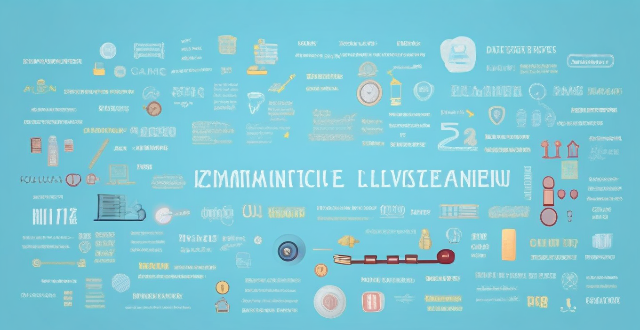
What programming languages are commonly used in educational game development ?
The text is about educational game development and the programming languages used. It lists some of the most commonly used programming languages in educational game development, including Python, JavaScript, Java, C#, UnityScript (C# variant), and HTML5/CSS3/JavaScript. The pros and cons of each language are discussed, along with examples of games that use them. The conclusion states that by choosing the right language for your project, you can ensure that your game is engaging, educational, and accessible to a wide audience.
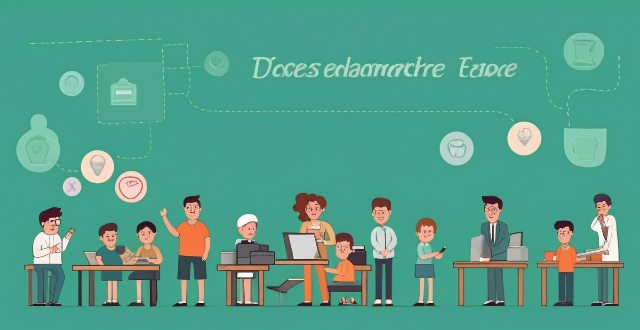
What are the challenges faced by educational game developers in creating games that are both fun and educational ?
The text discusses the main challenges faced by educational game developers, including balancing education and entertainment, meeting educational standards, adapting to different learning styles, and engaging students long-term.

What is the status of the NBA All-Star game due to COVID-19 concerns ?
The NBA All-Star game was canceled in 2021 due to COVID-19 concerns. This decision had a significant impact on both players and fans, as they missed out on an exciting event. Alternative events were organized to provide some entertainment value, but they were not able to fully replace the excitement of the actual All-Star game. The future of the event remains uncertain, but changes may be made to better accommodate health and safety concerns moving forward.
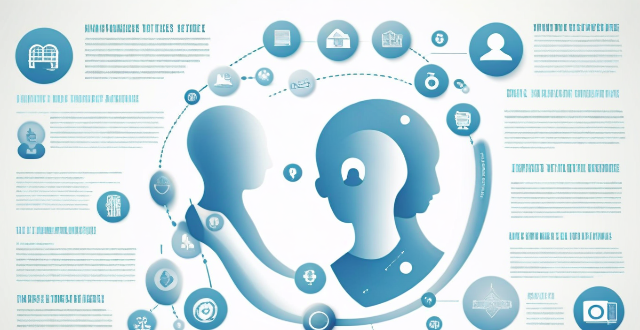
In what ways do physical activities promote mental health and deter video game dependency ?
This topic summary delves into the intricate relationship between physical activities, mental health, and video game dependency. It emphasizes the role of physical activities in promoting mental well-being by boosting mood, enhancing cognitive functions, and providing social interaction. Conversely, it highlights how these activities can deter video game dependency by offering alternative forms of entertainment, setting boundaries for gaming time, and fulfilling achievement needs. The text underscores the importance of maintaining a balance between digital leisure and physical activities for overall mental health and well-being.

How can educational game developers measure the impact of their games on student learning outcomes ?
Educational game developers can measure the impact of their games on student learning outcomes through various methods, such as pre- and post-testing, surveys and feedback forms, observations and interviews, and comparative studies. These strategies allow developers to see if there has been any improvement in the students' knowledge or skills related to the game's content, gather information from students about their experience with the educational game, provide valuable insights into how well the game is working as an educational tool, and compare the learning outcomes of students who played the educational game with those who did not. By utilizing these methods, developers can gain valuable insights into how well their games are working as educational tools and make necessary adjustments to improve their effectiveness.
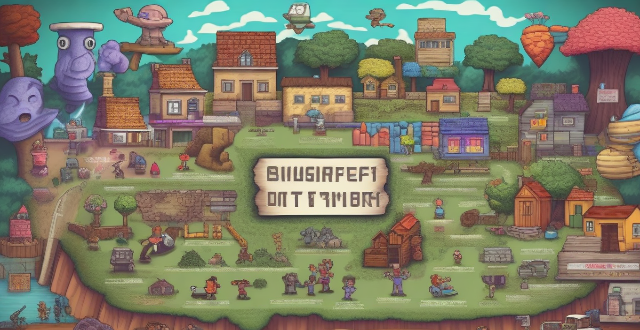
How can educational game developers ensure that their games are accessible to all learners, including those with disabilities ?
Educational game developers have the responsibility to ensure that their games are accessible to all learners, including those with disabilities. This can be achieved by understanding different types of disabilities and how they affect a person's ability to interact with educational games, implementing accessibility features such as text-to-speech, alternative controls, subtitles and audio descriptions, and customizable settings, and testing the game with users who have disabilities to identify potential barriers and refine the game based on feedback. By following these guidelines, developers can create educational games that are accessible to all learners, regardless of their abilities or disabilities.

How does sports psychology help in managing pre-game anxiety and nervousness ?
Pre-game anxiety and nervousness are common experiences for athletes, but sports psychology offers strategies to manage these emotions effectively. These include goal setting, relaxation techniques, cognitive restructuring, establishing routines, practicing mindfulness, and leveraging social support. By implementing these tools, athletes can enhance their mental resilience and perform at their best when it matters most.

How can fans help promote fair play and sportsmanship at sporting events ?
Fair play and sportsmanship are essential values in the world of sports. Fans can promote these values by showing respect for all participants, encouraging team spirit and camaraderie, and avoiding negative behaviors. By doing so, fans can create a positive atmosphere that enhances the overall enjoyment of sporting events for everyone involved.

Are there any specific exercises or stretches that can help improve my golf game ?
Golf improvement through specific exercises and stretches, including core strengthening exercises like plank and Russian twists, flexibility and mobility stretches such as hamstring and hip flexor stretches, and putting practice drills like the line and gate drills to enhance precision and control.

What are the best board games for families to play together during weekends ?
This text lists some of the best board games for families to play together during weekends. The list includes Monopoly, Scrabble, Ticket to Ride, Catan, Pandemic, Codenames, Carcassonne, Dixit, Bananagrams, and Qwixx. Each game is described with its main features and suitable age range, number of players, and playing time.

Can team sports help in coping with pressure ?
Team sports can help cope with pressure by developing resilience, building confidence, providing supportive networks, and teaching time management.

How can technology help in managing a sports career ?
Technology plays a crucial role in managing a sports career. It can help athletes improve their performance, track their progress, and stay connected with their fans and sponsors. Here are some ways technology can assist in managing a sports career: 1. Performance Tracking: Wearable devices such as fitness trackers, smartwatches, and heart rate monitors can help athletes track their physical activity, sleep patterns, and overall health. Video analysis software allows coaches and athletes to review game footage, identify areas for improvement, and develop strategies for future competitions. 2. Training Optimization: Virtual Reality (VR) technology can simulate various environments and scenarios, allowing athletes to train in a controlled setting without the risk of injury. Machine learning algorithms can analyze an athlete's training data and provide personalized recommendations for improving performance and reducing the risk of injury. 3. Injury Prevention and Recovery: Biometric data such as heart rate variability, muscle oxygenation, and fatigue levels can help coaches and trainers monitor an athlete's recovery status and adjust their training accordingly. Technological advancements in rehabilitation, such as electrotherapy, ultrasound therapy, and robotic assistance, can aid in faster recovery from injuries. 4. Nutrition and Hydration: Smart water bottles can track an athlete's hydration levels throughout the day and remind them when it's time to drink water. Nutrition apps can help athletes plan their meals, track their calorie intake, and ensure they are getting the necessary nutrients for optimal performance. 5. Communication and Networking: Social media platforms allow athletes to connect with fans, share their experiences, and promote their personal brand. Sports management software can help athletes manage their schedules, communicate with coaches and teammates, and keep track of their finances and sponsorships. 6. Mental Health Support: Mindfulness apps can help athletes manage stress, improve focus, and enhance their mental well-being. Teletherapy services enable athletes to access mental health support remotely, ensuring they have the resources needed to maintain their mental health while on the road or competing abroad.

How can coaches use sports technology analysis to develop game strategies ?
Coaches can utilize sports technology analysis in numerous ways to develop game strategies. Key points include: 1. Data collection and analysis for player performance tracking and opponent research. 2. Utilizing video analysis software for tactical breakdowns and play design. 3. Conducting biomechanical assessments for injury prevention and performance optimization. 4. Implementing virtual reality (VR) training for simulated environments and skill development. 5. Using GPS and radio frequency identification (RFID) systems for movement analysis and load management. 6. Applying advanced statistics and analytics for deeper insights into performance and trend analysis. 7. Leveraging communication tools for instant feedback and strategy sharing. 8. Incorporating weather forecasting tools to adapt practices and prepare for game day conditions. 9. Employing recovery technology to monitor and enhance player recovery methods. 10. Integrating strength and conditioning apps for customized workouts and progress tracking. By incorporating these technological tools, coaches can make more informed decisions, improve player development, and gain a competitive edge during practices and games.
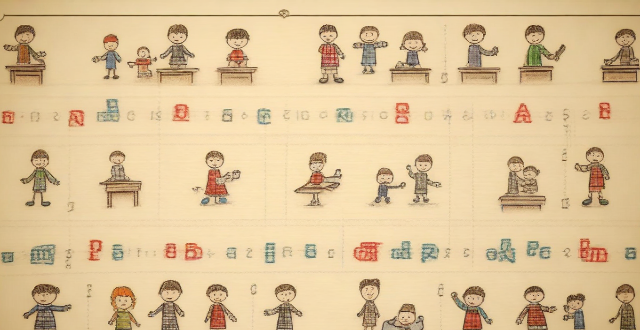
What kind of indoor games can parents play with their children to strengthen their bond ?
The article provides a list of indoor games that can help strengthen the bond between parents and children. The games include board games like Monopoly and Chess, card games such as Uno and Go Fish, puzzles and brain teasers like Sudoku and crossword puzzles, arts and crafts activities, indoor treasure hunts, and cooking/baking projects. These games not only provide entertainment but also offer opportunities for learning and quality time spent together.

What role does machine learning play in sports analytics ?
Machine learning is transforming sports analytics by analyzing player performance, team strategies, and game outcomes. It helps evaluate players' strengths and weaknesses, predict future performance, and develop training plans. Machine learning also aids in understanding how different team strategies affect game outcomes and predicting game results based on various factors. As technology advances, we can expect more innovative applications of machine learning in sports.

How can educational games be designed to effectively enhance learning ?
Designing educational games that effectively enhance learning involves a combination of educational theory, game design principles, and an understanding of the target audience. To create engaging and effective educational games, it is crucial to identify learning objectives, understand the target audience, incorporate educational theory, use engaging game mechanics, incorporate multimedia elements, provide opportunities for practice and repetition, include assessment and feedback mechanisms, foster collaboration and social interaction, and iterate and refine the game. By following these guidelines, you can design educational games that effectively enhance learning by engaging players, providing meaningful experiences, and fostering long-term retention of knowledge and skills.

Can sports psychology help athletes deal with failure and loss more effectively ?
Sports psychology can help athletes deal with failure and loss by providing strategies for goal setting, visualization, self-talk, stress management, and coping mechanisms. These techniques enhance mental resilience and promote overall well-being, allowing athletes to perform at their best despite challenges.

What are some examples of successful educational games and what makes them effective ?
Educational games have become popular for engaging students and making learning enjoyable. Successful examples include Minecraft: Education Edition, Kahoot!, Osmo Genius Kit, and CodeCombat. These games are effective due to their engagement, adaptability, immediate feedback, collaboration, and real-world application. Incorporating these elements can create a more enjoyable and effective learning experience.

What are the benefits of participating in sports to reduce the risk of video game addiction ?
Participating in sports can have numerous benefits for individuals who are at risk of developing a video game addiction. These include increased physical activity, social interaction, time management, mental health benefits, and the development of life skills. By engaging in sports, individuals can find a healthy balance between gaming and other activities, leading to a more fulfilling and well-rounded lifestyle.

What impact does GPS tracking and other monitoring systems have on team strategy and player safety ?
GPS tracking and other monitoring systems have a significant impact on team strategy and player safety. They provide coaches with real-time data on players' movements, speed, and distance covered during training and games, allowing for enhanced performance analysis, optimized training regimens, and improved game planning. Additionally, these systems help reduce injury risk by monitoring physical activity levels and providing feedback on potential overexertion, enhancing recovery processes through post-game analysis, and improving emergency response in the event of an injury. Overall, GPS tracking and other monitoring systems are essential tools for optimizing team performance and ensuring player safety in sports.

What techniques are used in filmmaking to make slow-paced sports like golf or chess more exciting for viewers ?
Slow-paced sports like golf or chess can be challenging to make exciting for viewers. However, filmmakers use various techniques to enhance the viewing experience and keep audiences engaged. Here are some of the most common techniques used: 1. Close-Up Shots 2. Drama Between Players 3. Commentary and Analysis 4. Music and Sound Effects 5. Visual Effects and Graphics 6. Storytelling 7. Multiple Camera Angles 8. Replays and Highlights 9. Interactive Elements 10. Narration